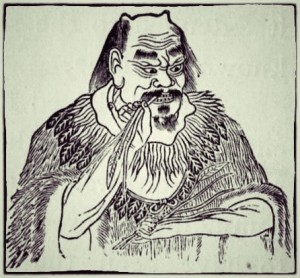Category: Warm, Acrid Herbs that Release the Exterior
Taste: Acrid Temperature: WarmChannels Entered: Lung, Spleen, Stomach
Dosage: 3-9g
Key Characteristics:
- Releases the exterior
- Opens the orifices (especially nose)
- Dries dampness
- Frequently used for wind-cold frontal headaches.
Cautions & Contraindications:
- Contraindicated for problems due to yin deficiency or heat in the blood. Once a sore has ulcerated, the use of this herb should be tapered off.
Actions & Indications:
- Expels wind, eliminates dampness, unblocks the nasal passages, and alleviates pain: for patterns of externally contracted wind-cold, especially those with headache. Also for supraorbital pain, nasal congestion, and toothache. While primarily a warming herb, it can be used for any problem due to wind invading the yang brightness channels of the head.
- Reduces swelling and expels pus: for early stages of superficial sores and carbuncles. If the sore, ulcer, or carbuncle has not yet suppurated, this herb will help reduce the swelling. If pus has already formed or the sore has ulcerated, the herb can be used to help discharge the pus.
- Other uses: with Glycyrrhizae Radix (Gan Cao) for pain associated with ulcers.
- Expels dampness and alleviates discharge: usually for vaginal discharge due to cold-dampness in the lower burner, but with the appropriate herbs can also be used to treat vaginal discharge from damp-heat.
Combinations:
- Cang Er Zi: to open the nasal passages and dry clogged sinuses.
- Jing Jie: rashes; helps to regenerate the tissues.
- Gan Cao: pain associated with ulcers.
Notes:
- Can be combined with Gan Cao and cabbage in a congee for the treatment of ulcers.
- Bai Zhi has an affinity for the frontal region of the forehead, to treat pain from headaches and sinusitis. It also dries damp to assist with sinus congestion.
- Treats toothache with sensitivity to wind or air on the teeth.
- Expels wind and alleviated pain from the orbital region or Stomach channel.



